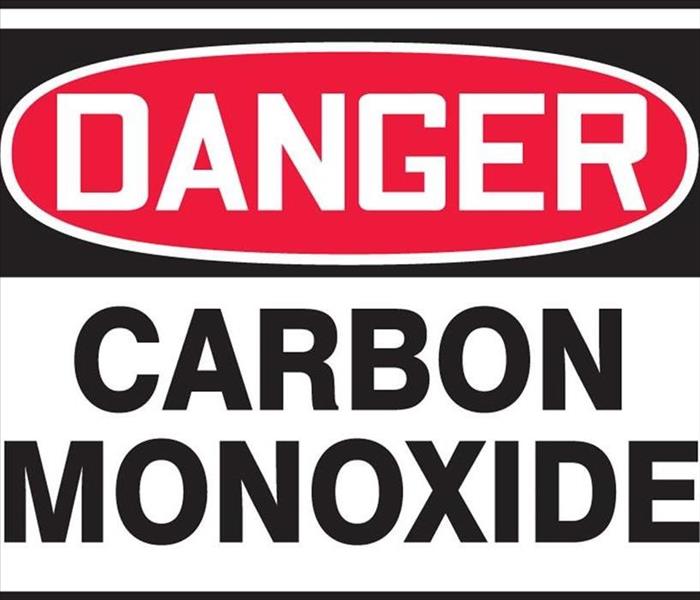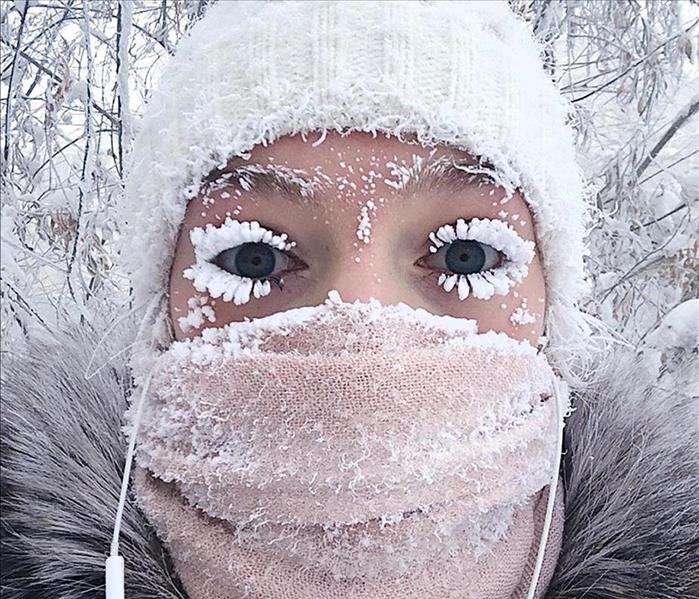Carbon Monoxide: A Silent Cold Weather Killer
2/13/2019 (Permalink)
Carbon monoxide is a gas you cannot see, taste, or smell. According to ready.gov, an average of 430 Americans die each year from unintentional carbon monoxide poisoning. Oftentimes, it is a result of faulty, improperly used, or vented consumer products like furnaces, ranges, water heaters, room heaters, and engine-powered equipment, such as portable generators.
However, there are precautions you can take to help protect yourself, your family, and your employees from deadly carbon monoxide fumes.
Reduce the chance of carbon monoxide exposure in your workplace by performing regular maintenance on equipment and appliances that can produce carbon monoxide. Install carbon monoxide detectors on every level of the home, including outside of all bedrooms.
Consider having all fuel-burning heating equipment and chimneys serviced annually by a professional. Use portable generators on in well-ventilated areas aware from doors, windows, vents, and any other openings to prevent fumes from entering the home.
For additional carbon monoxide safety information, visit usfa.fema.gov or osha.gov.
*Courtesy of Restoration Newsline Vol 30, Iss 1

 24/7 Emergency Service
24/7 Emergency Service

